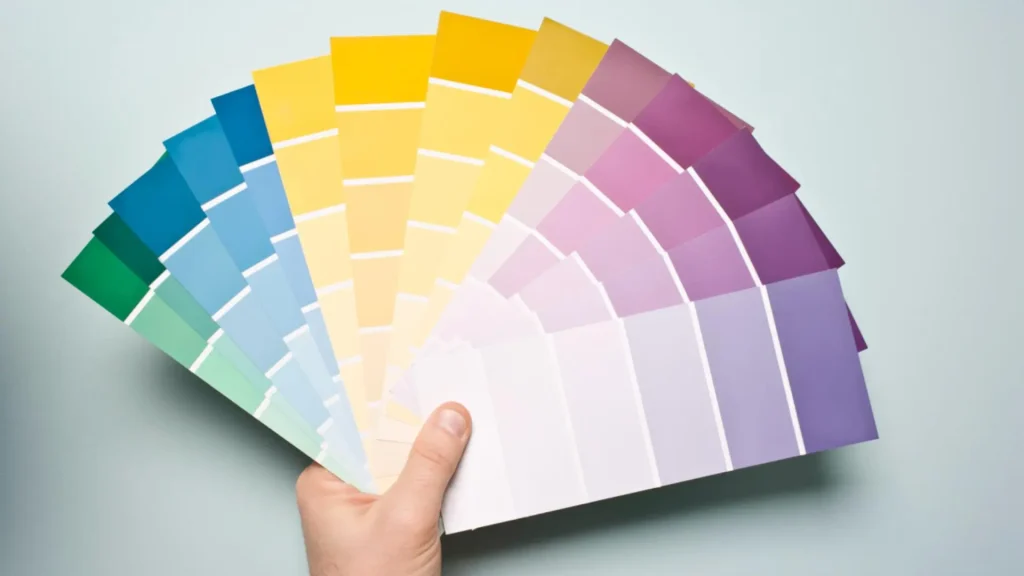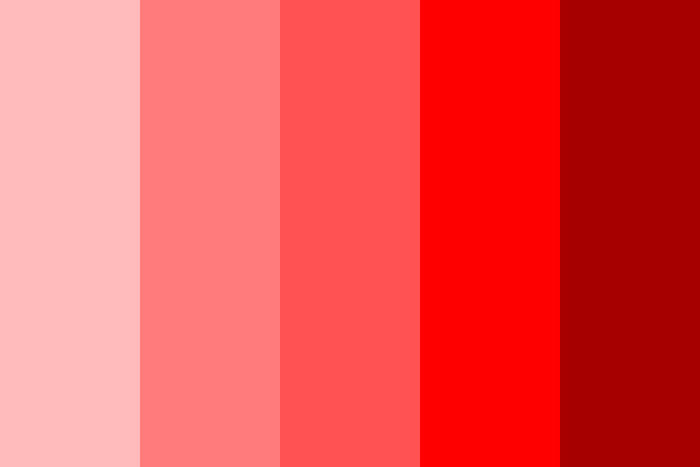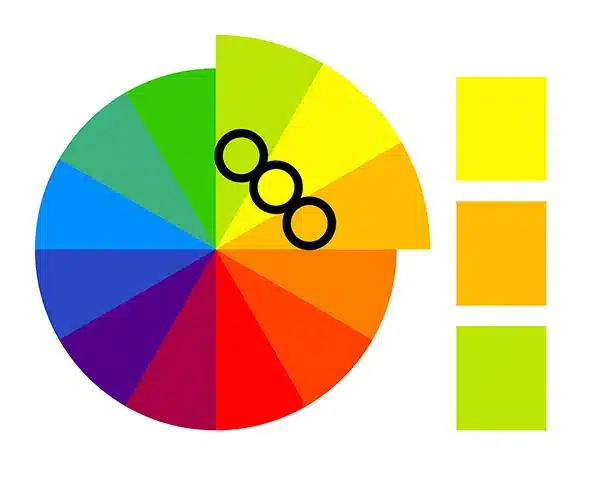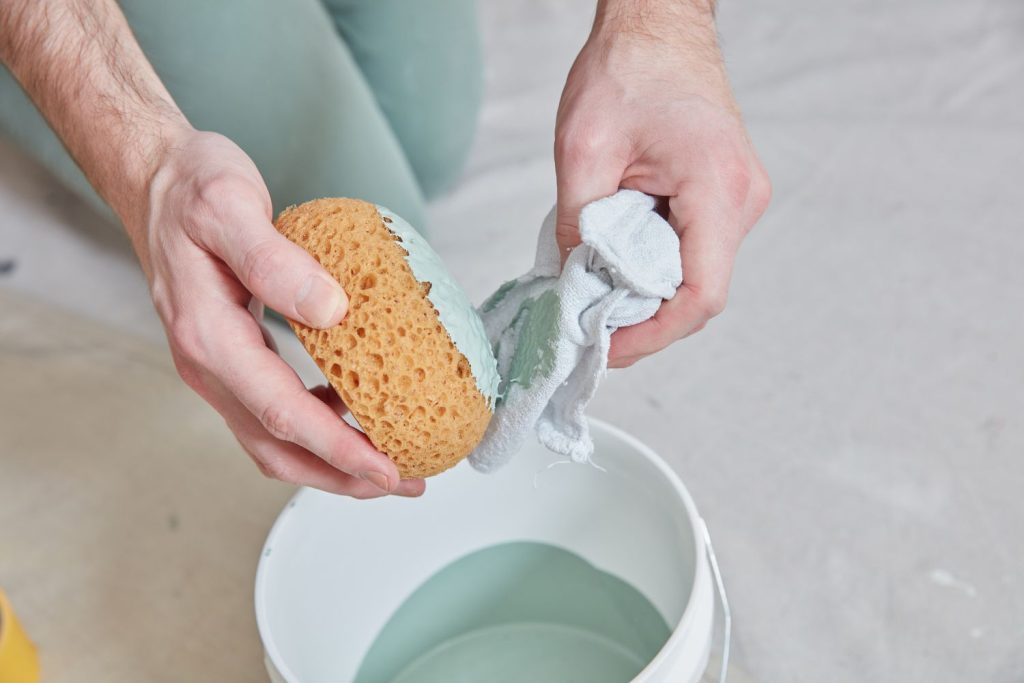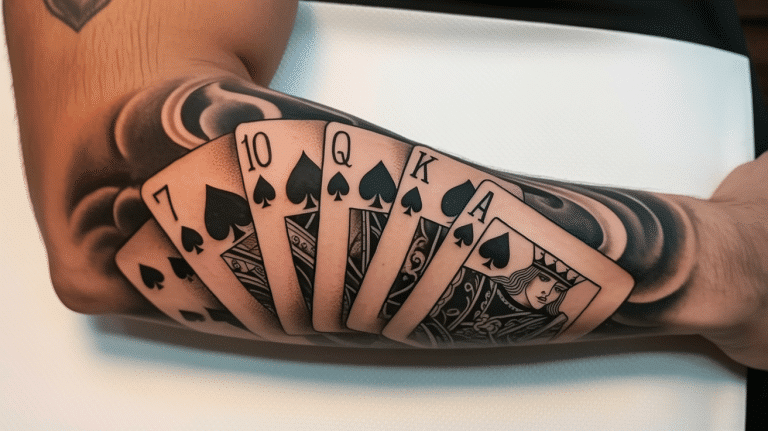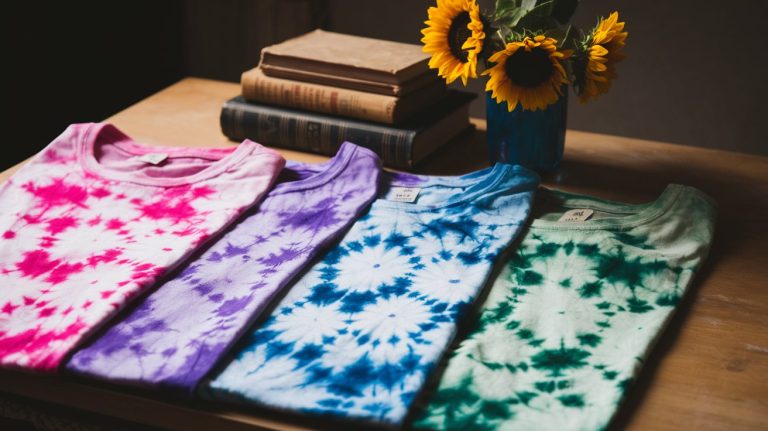Sponge painting is a quick and efficient way to transform a boring monochrome wall space. It’s a simple activity that can easily bring out the beauty of your space. Sponge painting is a method in which two or three tones of the same paint colors are used to create a cohesive look.
Sponge painting ideas can change your living space into a work of art. However, choosing the appropriate paint color is as essential as any part of it. The perfect color combination can truly unlock the aesthetic potential of the space.
In this blog, we will be dealing with choosing the perfect colors for sponge painting, which can help you create an impressive space for yourself. Let’s dig deeper into this.
Ways to Choose the Colors for Sponge Painting
Since the onus of your sponge painting kind of depends on choosing the correct colors, it’s important to spend time on it and understand it better.
Here are some ways through which you will be able to choose the colors for yourself.
1. The Basic Paint Card
The simplest way to go about it is to consider using a paint card. Choose the paint card having adjoining colors. Choose from the card in which colors are related. For example, pick out a card with light pink, a dark shade of pink, and the brightest shade of it.
These colors are there to add a dramatic effect to your wall, so working with different shades of the same color probably works best. However, as with everything else choices may vary.
For the base color, you won’t need the sponge. Apply the first coat with the roller and you can use the sponge later on to create patterns on top of it.
2. Colors of the Same Family
Using the colors of the same family can work wonders for your wall. Colors of the same family refer to the colors that may not be on the same color strip but have the same hue in it.
For example, brick, burgundy, and coral colors are from the same color family and give out the effect of red color. They can blend very easily and provide you with a harmonious look.
Using the colors of the same family can also add a bit of depth and richness to your walls. If you don’t want to spend much time choosing the colors and are in a hurry to complete the project, this can come off as the easiest and best way to do it.
3. Combining Different Colors Altogether
Not everyone in the world wants to choose the traditional or the most popular way of doing something. Some people are creative enthusiasts and may like to experiment with different things.
For such personalities who can handle a bit of unconventional, choosing 2-3 different color palettes of the related group of colors can work wonders. Just don’t go on picking out unrelated colors that may look weird with each other.
Remember that It’s sponge painting and we still want to create a blend-in effect. You can go with analogous colors to do it. With sponge painting, we don’t want to overdo any colors and if you choose different colors altogether, one color may overpower the other one.
How to Apply the Colors
Now that you have decided on the colors it’s time to put these to use. It is advised to start with a lighter shade and finish it off with a darker one. For example, if you are planning to use three coats you can paint your whole wall using a lighter shade.
Then use a sponge to paint a medium tone, and lastly use the darkest of the three. This kind of application guarantees a better blend and appears beautiful.
Make sure you don’t press the sponge too hard on the wall, the pressure should be enough to make the pattern and not too hard so that the paint runs through the wall.
Some Tips to Bring the Best out of Your Sponge Painting
Here are a few tips that can come in handy for your sponge painting.
- Outline a plan before starting your paint project, it will help you work with your hits and misses.
- Since sponge painting is about patterns, you do not need to buy a full bucket of all the paints. Calculate how much paint you are going to need and buy meticulously. It is advised to get a smaller size of the paint tins.
- Choose the right sponge. Sponges with bigger holes tend to create fascinating patterns. Some say seagrass sponge can be a better option for painting larger areas and also provides an interesting pattern.
Conclusion
Choosing colors for sponge painting requires an understanding of aesthetic preferences and creating a harmonious balance between the colors. In sponge painting, we aim to create a symphony of tones and textures that can enhance the appeal of your home.
There are various ways to do it such as choosing different shades of the same color or using adjacent or analogous colors. Remember to take into account the overall ambiance of your room, your style, and the decor of your room before choosing the paint color for your sponge painting project.
We hope this article can help you in choosing the color of your dream home.
Let us know in the comments which tip was the most helpful!


